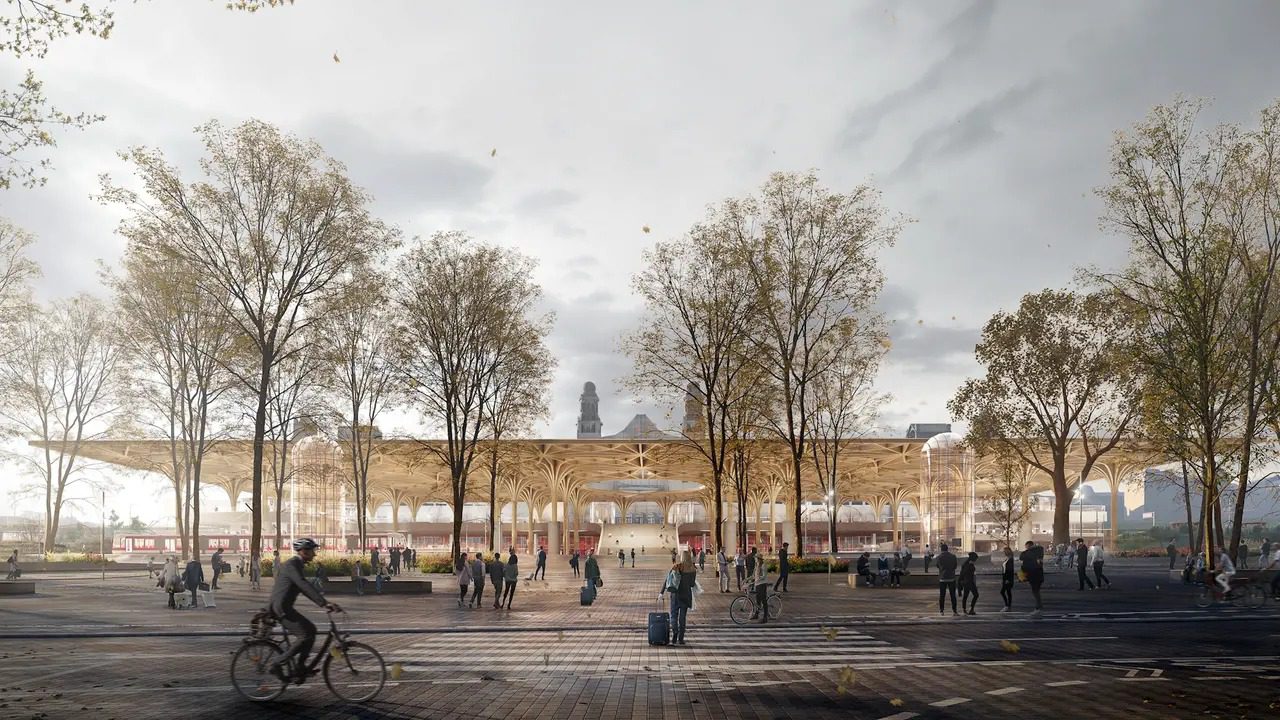Prague, the heart of the Czech Republic, is embarking on ambitious projects worth 50 billion korunas. These projects have been initiated by Deputy Mayor Petr Hlaváček (STAN) and involve key infrastructures such as the Railway Bridge, Vltava Philharmonic, and the main railway station. However, some projects have hit a snag and are seeking an agreement with UNESCO.
These ambitious projects are not just about urban development but about preserving and enhancing the city’s rich cultural heritage. For the first time in the Czech Republic, Heritage Impact Assessments (HIA) will be used to evaluate the impact of these projects on the historic city core, a UNESCO World Heritage site. This is akin to the Environmental Impact Assessment (EIA) process, which evaluates a project’s environmental impact.
In the case of the protected Railway Bridge, there’s a plan to replace the existing structure with a new one, impacting the river panorama of Prague. For the main railway station, there’s a controversial plan by the Danish studio Henning Larsen Architects to replace a large part of the protected departure hall with a new structure, commonly referred to as a pergola.
The Railway Administration is expected to assign two Expert Assessments to foreign processors. They will focus on the bridge and the station. In the case of the Philharmonic, where the international studio Bjarke Ingels Group won the competition, the city would be the issuer of the HIA.
The Philharmonic, located near the Vltava metro station, is expected to sit just outside the boundary of the Prague Heritage Reserve, within its buffer zone. It is expected to dominate the surrounding area and influence the river panorama. The project has so far been delayed by about five months.
The HIA might not completely halt the project at the main railway station. The competition wasn’t solely about the protected departure hall but also about revitalizing Vrchlický Gardens and a new tram line. According to Hlaváček, dividing the project at the main railway station into stages and starting from Bolzanova Street, where there are also burnt-out garages, would be possible. “The park could be partially reconstructed towards Bolzanova Street,” Hlaváček suggested.





